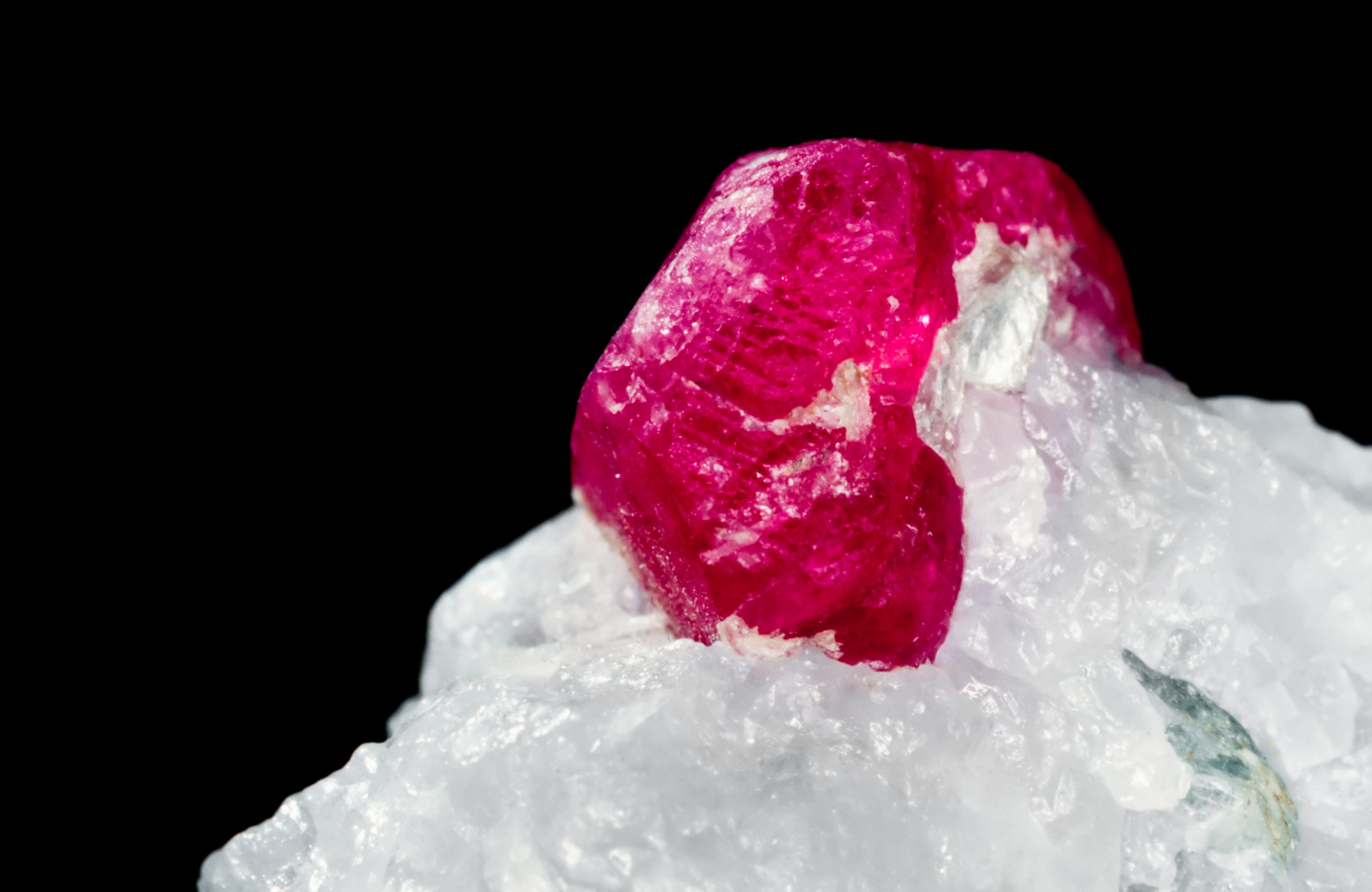

Rubies are linked to July as a birthstone, merging their scientific properties with cultural significance. The red color, which comes from chromium, represents themes of passion and energy tied to the summer. The zodiac sign for most of July, Cancer, is associated with emotions and protection—qualities that align with the ruby’s historic reputation for guarding its wearer against harm. The connection between the ruby’s properties and its symbolism is not a coincidence. The same chromium that gives rubies their color also connects them to ideas of blood, bravery, and everlasting love.
Rubies have fascinated people for centuries. Their bright red color symbolizes everything from love to power. But there’s more to rubies than just their pretty appearance; they have a story that involves some basic science. These precious stones are made from a mix of certain elements and the Earth’s physical forces. Understanding how these elements work together will help us see how aluminum and oxygen can become a beautiful gemstone full of history and meaning.
At the heart of a ruby is a mineral called corundum, which is made up of atoms of aluminum and oxygen arranged in a specific structure. Chemically, corundum is known as aluminum oxide (Al₂O₃), which is so common that it is found in everyday items like sandpaper and glass. But here’s where it gets interesting: when nature adds a small amount of chromium into the mix, the ordinary starts to change into something special. Chromium atoms replace some of the aluminum atoms in the crystal structure. This small change is what gives rubies their famous red color. The strength of the red color depends on how much chromium is present. A little bit of chromium can make the stone look pink, while a larger amount creates the deep red color we associate with rubies.

Other elements, like iron and titanium, can also come into play, slightly changing the way the ruby looks. For example, iron can make the ruby a darker red, giving it a richer tone. Titanium can add a purplish undertone to the red. Just like people are shaped by their surroundings, rubies also depend on certain conditions to form. They typically develop in areas deep within the Earth’s crust, where there are high temperatures and pressures, usually in metamorphic rocks like marble. Under these extreme conditions, aluminum and oxygen come together to form corundum, while the presence of chromium—and the absence of silica, which can disrupt the process—ensures that a ruby, not a sapphire, is created.
This intricate process is what makes rubies rare and valuable. However, their appeal goes beyond just science. Throughout history, many cultures have given rubies special meaning and powers. Ancient Hindus called them the “King of Gems” and believed they could make a person invincible in battle. Burmese warriors even embedded rubies in their skin for protection. In medieval Europe, people thought rubies could protect health, attract love, and even warn of danger by changing color. The Bible mentions rubies as symbols of wisdom and beauty, and in many Asian cultures, their red color represents vitality and life.
Many believe that rubies have magical qualities. Healers in the past thought the stone could purify blood, heal heart issues, and boost energy. Its red glow was seen as a source of creative and leadership energy, inspiring bravery in rulers and warriors. Even today, people often think that rubies can attract wealth and spark romance, their bright color symbolizing inner strength and ambition. These beliefs, though not scientifically proven, show how humans naturally seek meaning in the wonders of nature, finding in a gem’s structure a reflection of their own wishes and dreams.
Ultimately, a ruby connects the natural world and human emotion. It is formed from the specific combination of aluminum, oxygen, and chromium—common elements changed under special conditions. Still, it’s the human experience that transforms this mix into something timeless. A ruby’s vivid red color speaks to us universally, merging science with storytelling. Whether appreciated for its beauty, treasured as a birthstone, or respected for its supposed powers, the ruby reminds us that even simple elements can carry deep significance.
This article is brought to you by Sybrina Durant – author of the Magical Elements of the Periodic Table series of books. Get them all plus activities, games and elemental tees here.








